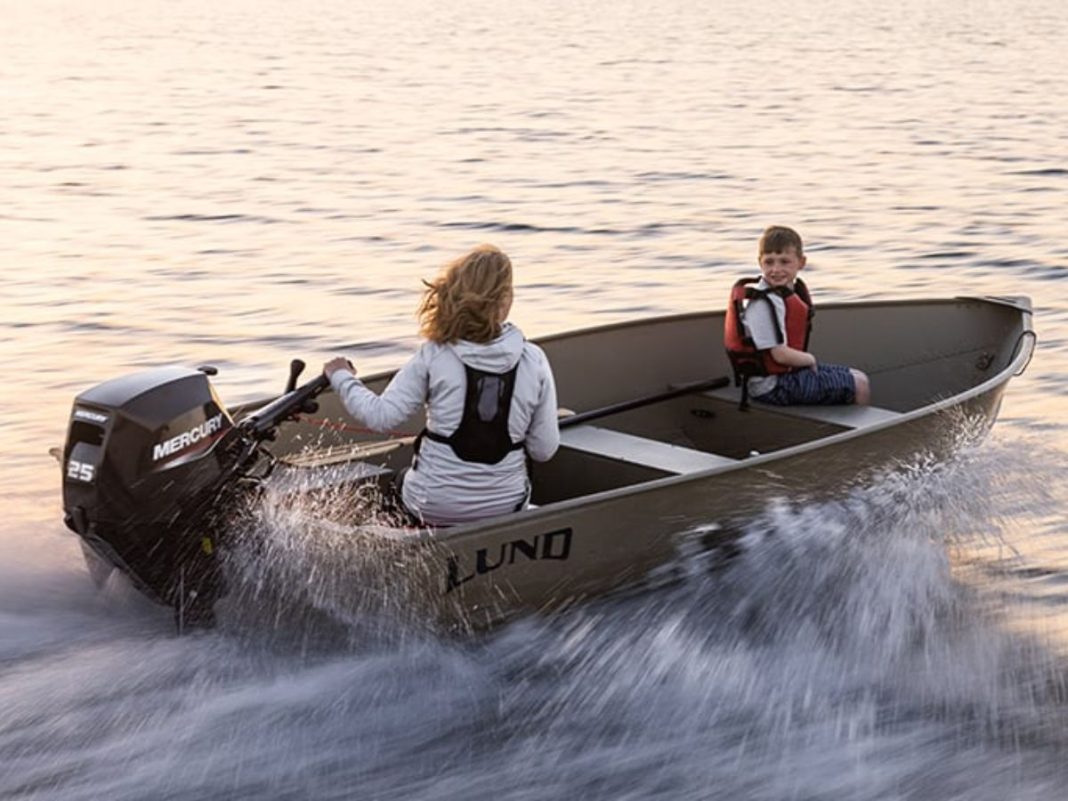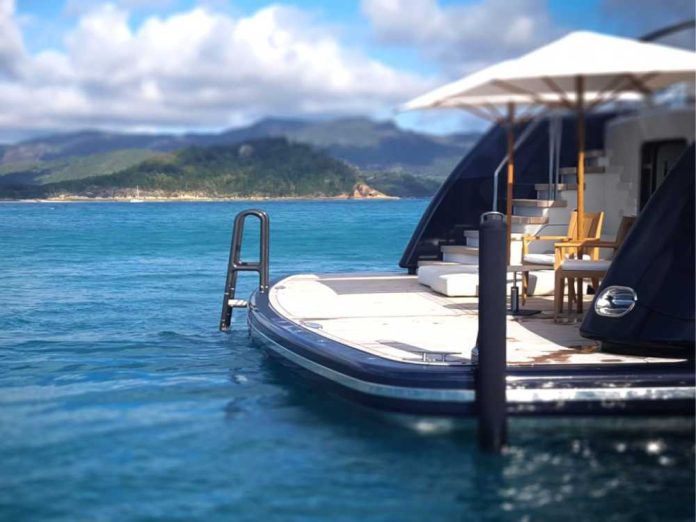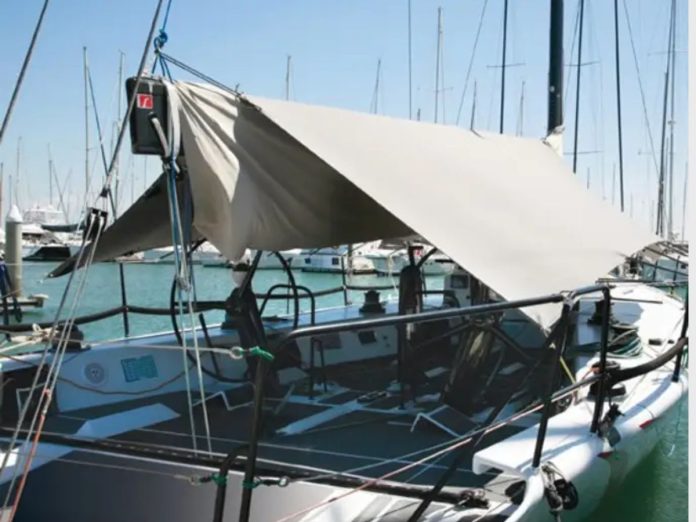Why small outboards deserve big care
Whether it’s pushing a tender, runabout, or dinghy, your outboard is the little engine that makes every adventure possible. It might look simple, but it faces the same salt, sun, and stress as a 300-horsepower rig. A few minutes of care now will keep it starting first pull all summer — ignore it, and you’ll be paddling instead of planing.
Service at the start of each season
The best time to service your small outboard is before the season starts. Prevention now makes life easier later.
Start by giving the engine a fresh oil change (if it’s a four-stroke) or checking your fuel-oil mix (for two-strokes). Inspect fuel lines, replace filters, and drain old fuel. Clean the exterior, check the prop, and make sure the kill-switch lanyard still works.
Outboards that sit all winter often suffer from gummed-up carbs and stale fuel. Always use fresh petrol, and quality two-stroke oil if required.
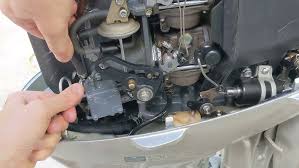
Flush, clean, and grease
Saltwater is your motor’s biggest enemy. Always flush with fresh water after every use, even for short runs from beach to boat. Use flush muffs or the built-in port, run the engine for a few minutes, and let it drain completely before stowing.
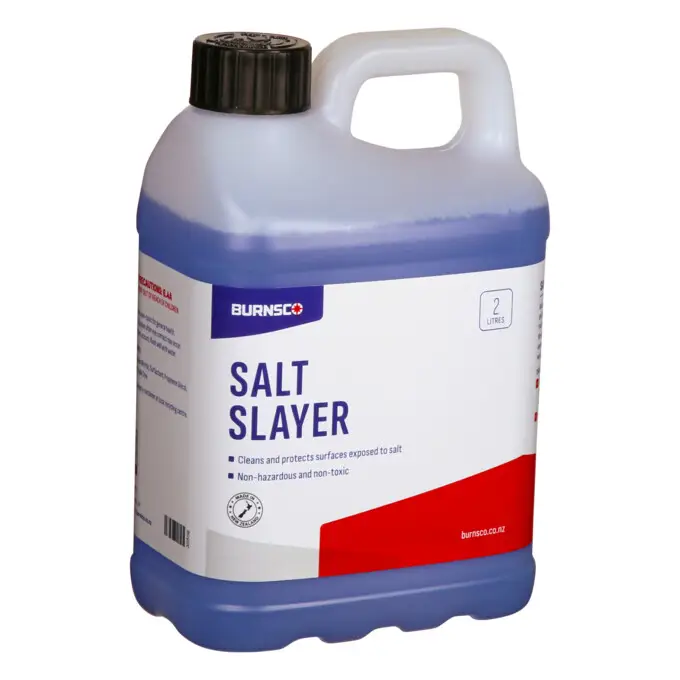
Next, grease every moving part you can reach — tiller joints, steering pivots, prop shaft, and clamp screws. Always use high-quality marine grease such as the CRC or Quicksilver ranges available from Burnsco. Automotive grease won’t last — it washes off and exposes bare metal.
Best practice:
- Wipe old grease away first.
- Apply new grease lightly but often.
- Add a dab to the prop shaft before refitting to prevent seizure.
Check the prop and lower leg
Even on a small engine, fishing line or debris can get wrapped around the propeller. Remove the prop every few outings and check for line, corrosion, or damage. Replace the split pin if it’s looking tired.
Crack the gear oil drain plug and check the colour of the oil — if it looks milky, water has entered the gearbox. That means your prop-shaft seal may need replacing. Catching this early avoids costly corrosion later.
Don’t forget the anodes
Every small outboard has at least one sacrificial anode — usually a small zinc or aluminium block on the lower leg or integrated into the trim tab. Its job is to corrode before the rest of your motor does.
Inspect them each season:
- Replace when more than 50 percent is gone or crusted.
- Ensure good metal-to-metal contact (no paint underneath).
- Don’t coat the anode itself — it must touch the water to work.
- Lightly grease the mounting bolts with marine grease to make future removal easier.
If your boat lives in saltwater, consider checking the anodes every few months. It’s cheap insurance against serious corrosion on your leg or prop housing.
Other quick checks
- Spark plug: Replace annually or clean with a wire brush and regap.
- Cables and clamps: Wipe with CRC 6-66 or marine lanolin spray.
- Carburetor: If idle is rough, use carb cleaner to clear varnish buildup.
- Fuel: Drain the carburetor if storing for more than a few weeks.
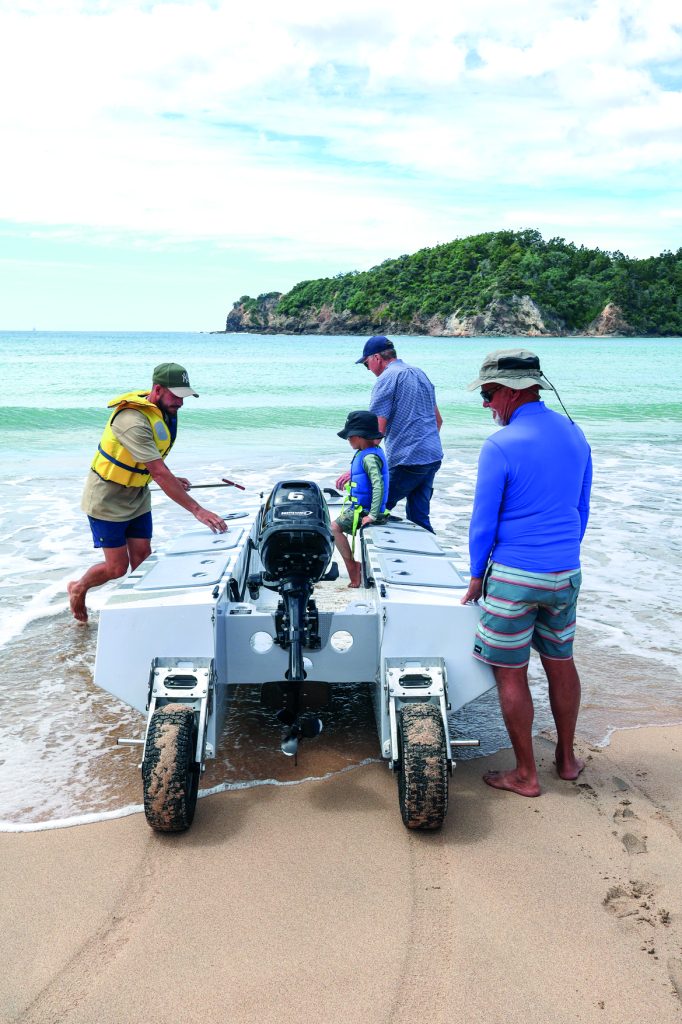
Trim, tilt, and store right
Before stowing, tilt the motor fully down to drain water, then tilt back up and lock for transport. Keep trim rams retracted when stored, and wipe exposed rods with marine grease. Store upright in a dry, ventilated place — not on its side unless your manual allows it.
A quick spray of fogging oil into the cylinders before long-term storage helps prevent internal corrosion.
Routine that works for every small motor
| Task | How often | Why it matters |
|---|---|---|
| Flush with fresh water | After every trip | Removes salt and sand |
| Grease moving parts | Monthly | Prevents corrosion and seizing |
| Check spark plug | Each season | Reliable starting and smooth idle |
| Change gear oil | Yearly | Protects internal gears |
| Inspect prop shaft | Every few outings | Clears debris, checks seals |
| Check and replace anodes | Every season / 50% worn | Prevents electrolysis damage |
| Drain carburettor / old fuel | Before winter | Stops clogging and hard starts |
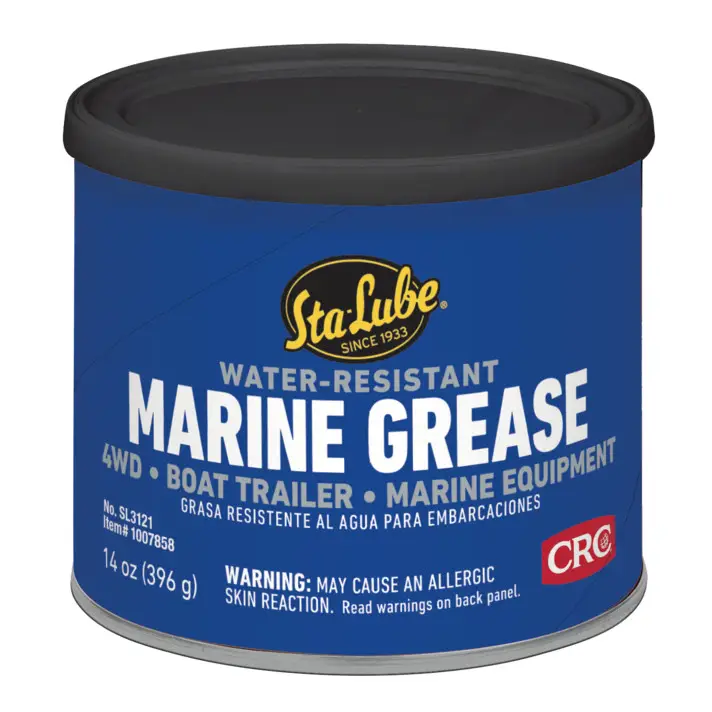
A little prevention goes a long way
Most small-engine failures come from neglect, not bad luck. Spend a couple of hours each season flushing, greasing, and inspecting your outboard, and it’ll repay you with years of reliable running.
A small tube of Burnsco marine grease, a spark plug spanner, and a clean rag might be the best investment you make this summer.
The sea can be tough, but with a little care, your outboard doesn’t have to suffer for it.









